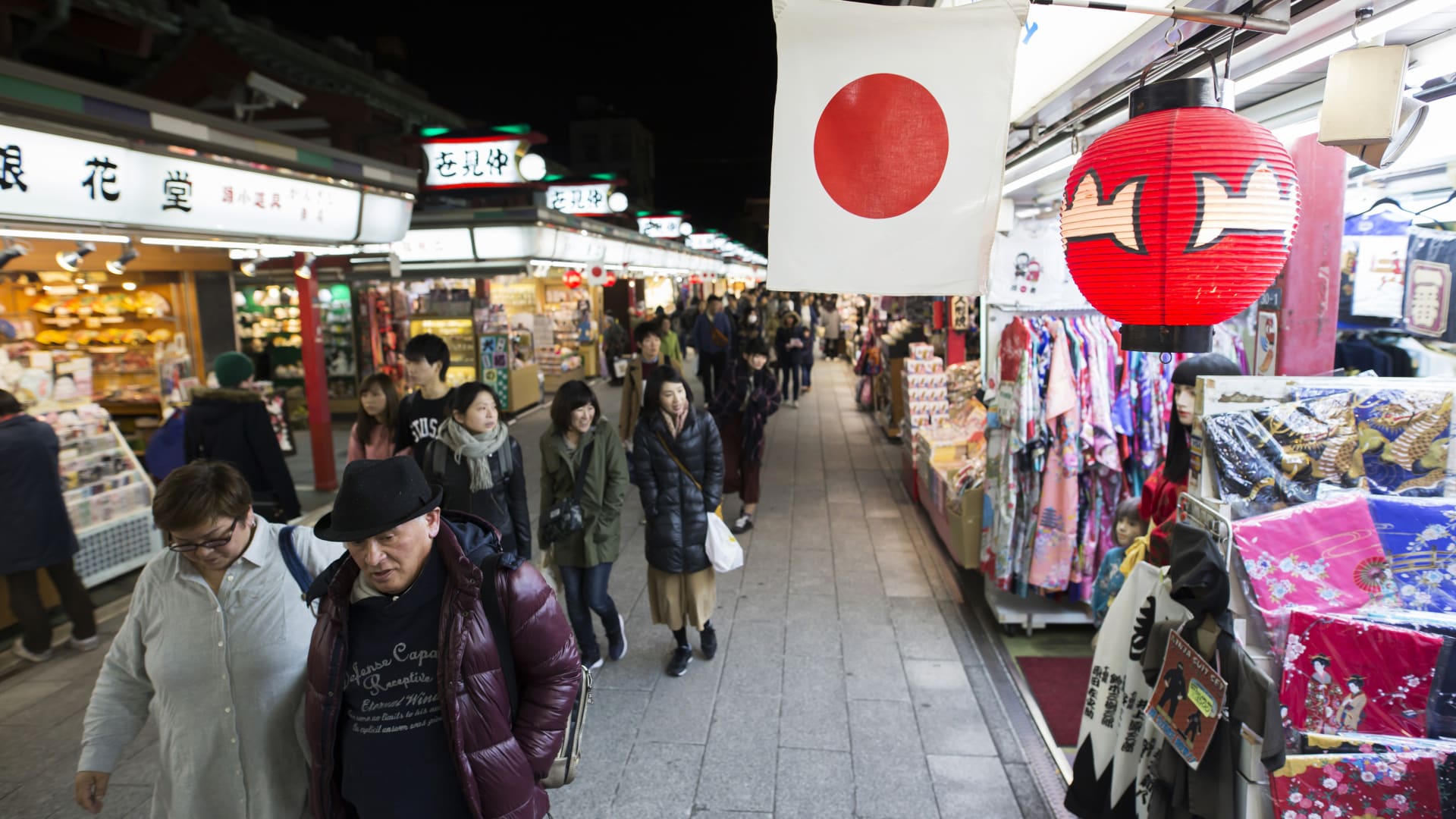Kashkūl with portraits and names of the Five Infallibles, Iran, early 20th century, tin-plated, embossed and engraved metal, copper alloy fixtures, ferrous metal chain, 15 x 26 x 17.5 cm, Collection of the Musée d’Art et de Culture Soufis MTO
Photo Jean-Yves Lacôte
The serene suburb of Chatou, just outside Paris, became the site of a significant cultural milestone with the opening of the Musée d’Art et de Culture Soufis MTO (MACS MTO). This museum, the first of its kind, is devoted entirely to examining the art and culture of Sufism, offering a unique space where spiritual contemplation meets artistic expression. Sufism, often regarded as the mystical dimension of Islam, emphasizes a personal connection with the divine. This spiritual path has given rise to a rich tradition encompassing poetry, music, dance and visual art, all of which seek to articulate the ineffable experiences of the soul’s journey toward God. MACS MTO’s mission is not only to preserve and showcase the artistic heritage of Sufism, but also to create a place where visitors can engage with these works on a deeply personal and reflective level. The museum’s inaugural exhibition, “Un Ciel Intérieur” (An Inner Sky), on view through March 20, 2025, features the creations of seven international contemporary artists, which resonate deeply with Sufi values and broader themes of spiritual thought and inner exploration. It sits alongside a collection of carefully curated artifacts, manuscripts and artworks that span centuries and continents, presenting a panoramic view of how Sufism has influenced and been influenced by various cultures. The museum’s director, Alexandra Baudelot, discusses the genesis and direction of the project.
What inspired the Maktab Tarighat Oveyssi Shahmaghsoudi to establish the first museum dedicated to exploring the art and culture of Sufism? Whose idea was it?
The aspiration to build a museum dedicated to Sufi art and culture originated in the 1970s with Sufi master Hazrat Shah Maghsoud Angha (1916-1980), 41st master of the Maktab Tarighat Oveyssi (MTO) Shahmaghsoudi School of Islamic Sufism. Hazrat Shah Maghsoud Angha moved his family from Iran to California in 1978 and established the school in the United States. His name is now encapsulated in the MTO Shahmaghsoudi School of Islamic Sufism that his son, Professor Nader Angha, has grown into a worldwide institution. The project to fully establish the museum began to gain momentum in the 2010s, beginning with the purchase of the building and an audit of the disparate collections of important artefacts housed in MTO schools around the world and a desire to bring these together. The American Friends of Sufi Arts, Culture and Knowledge and its Canadian affiliate organization, CFSACKhave been instrumental in moving forward plans for the museum, supported by a network of arts and culture sector experts, academics and Sufi seekers.
Pinaree Sanpitak, The Red Cloud and the Offering Vessel
Photo Aroon Permpoonsopol. Courtesy of the artist and MACS MTO
What curatorial challenges did you face in assembling the Musée d’Art et de Culture Soufis MTO’s collection?
The museum’s permanent and open collection features historical and everyday objects that hold symbolic meaning in Sufism and are significant in terms of provenance and craftsmanship, including sculpture, musical instruments, textiles, calligraphy, manuscripts, and ceramic and mirror mosaics. They have largely been donated from the collections of the MTO Shahmaghsoudi School of Islamic Sufism and have been selected to support the museum’s aim in fostering appreciation of Sufism. While much of the collection on opening has been drawn from the MTO school, our ambition is to widen the collection to cover all schools of Sufism from throughout the Islamic world.
How do you balance the representation of historical artifacts with contemporary Sufi art?
The museum invites audiences to engage with Sufism through a permanent collection of historical objects that hold symbolic meaning and have inspired Sufi seekers for centuries, alongside contemporary art by artists of different faiths who have been invited to produce work in dialog with the collection, Sufism and each other. Audiences are invited to consider the universal values of Sufism, such as love and respect, through the permanent collection and the lens of contemporary art. The museum’s opening exhibition, “Un Ciel Intérieur” (An Inner Sky), explores subjects, such as the relationship with science, cosmology, nature and spirituality, through the work of seven international contemporary artists. The artists, of different faiths including one Sufi artist, have been selected for their connections and affinities with Sufism and spiritual thought.
Younes Rahmoun, Manzil-Tayf
Photo Tadzio. Courtesy of the artist and Imane Farès Paris
Describe the inaugural exhibition featuring the works of seven international contemporary artists and your criteria for choosing them.
“Un Ciel Intérieur” invites audiences to consider, through art, the Sufi journey towards spiritual elevation, signposting ways to explore the ideas of Sufism. Works by contemporary artists from the Middle East, Asia, Africa, North America and Europe are presented in dialog with the collection, Sufism and each other. Across generations and geographical borders, these encounters underscore the universality and ongoing nature of inner exploration. The exhibition begins with the significance of symbolism in Sufism, followed by the unique way in which Sufism is taught, and finally to the practices and creations that express the Sufi journey and contemporary responses to them. It aims to evoke the profound spiritual and affecting experience of the Sufi journey inviting contemplation and introspection. The exhibition unfolds through the three levels of the building and garden. A metaphorical inner exploration of body, mind and spirit (the heart), invites audiences to connect symbolically with the earth, sky and cosmos, in an upward movement, towards visitors’ own inner sky (ciel intérieur).
Pinaree Sanpitak (Thailand, 1961) is a multi-disciplinary artist who presents in her works several layers of symbols, forms, textures and stories around the receptacle and the female body. In dialog with the kashkūls from the MACS MTO collection, she has conceived a new series of paintings that resonate with the symbolic and spiritual dimension of the kashkūl. She draws inspiration from their shape and the materials used, such as coco de mer, to highlight the link between these objects and the body. The color red, recurrent in her work, finds its origin here in the often colorful dresses worn by whirling dervishes. According to the artist, this color expresses a high degree of elevation and awakening.
Chloé Quenum (France, 1983) draws on the many stories she gathers from around the world to create a narrative that resonates with the singularity of voices and the power of cultures, particularly those often ignored by official history. Enlisting craft techniques and delicate materials, Quenum’s subtle gestures recompose a history that is as fragile as it is beautiful. Blown glass and calligraphic drawings invent an imaginary alphabet revealing the blind spots of history, the hidden meanings of words and their evocative power. For “Un Ciel Intérieur”, she translates three words linked to Sufi thought – safā (clarity, limpidity), samā (spiritual audition) and sūf (wool) – into a variation of blown glass letters, offering a subtle, poetic meditation on the Arabic language.
Monir Shahroudy Farmanfarmaian’s (Iran, 1922-2019) drawings and cut glass mosaic works, featured in the exhibition, were influenced by the architecture of the Shah Cheragh Mosque in Shiraz, Iran, and by the work of Annemarie Schimmel, a prominent Sufi scholar. Her work combines Persian artisanal techniques with Sufi mysticism, particularly through the representation and symbolism of geometric figures very present in Sufi art and culture. Her approach is expressed in an intuitive, fluid and creative manner in her drawings, between a free interpretation of calligraphic gesture and geometric shapes. Her work references the geometry and techniques seen in Sufi art including the use of mirrors and geometric shapes.
The works of Younes Rahmoun (Morocco, 1975) are deeply rooted in a vision of the world shaped by the principles of Sufism. They embody inner experience and give form to the invisible, such as the awakening and the spirit. The house – a universal motif – is a recurring theme in his work. It symbolises the private place from which an individual finds their place in the world. The three works in the “Manzil” series follow an upward trajectory, from the earth to the sky, from one floor of the museum to the next, thus evoking an inner journey.
Seffa Klein (France/United States, 1996) is a vibrant, protean artist. Her painting-sculptures draw on many traditions of wisdom and spirituality, such as Sufism, as well as science, cosmology and nature. At the heart of Seffa Klein’s work lies the eternal question of human experience in relation to the universe and beyond. She uses bismuth, a non-radioactive metal formed during the most energetic events in the universe. Composed by manipulating the temperature applied to the element, the resulting shimmering colors and emerging shapes echo the encounters between inner experience and scientific phenomena at the heart of her work.
The work of Bianca Bondi (South Africa, 1986) is situated at the intersection between different worlds, as it explores the intangible links that exist between the visible (nature, the living, sensory experiences summoned through her installations, the chemical phenomena that transform matter) and the invisible (the idea of rituals drawn from mysticism and sources of non-Western knowledge). She creates dreamlike installations that echo the environments where she exhibits – in the context of the MACS MTO, the water of the river and the surrounding nature – revealing the potential for metamorphosis at work in each manifestation of life.
The creations of Troy Makaza (Zimbabwe, 1994) unfold around several narratives determined by the artist’s own experience. Particularly influenced by the history and culture of Zimbabwe, he draws his references from both socio-political and personal contexts. His unclassifiable works in colored silicone, both painting and sculpture, bridge the gap between tradition and contemporary practice. Created for “Un Ciel Intérieur”, “Mutiwaora (The Tree is Rotten)” unfolds around the notion of transition and travel between the physical world and spirituality. It evokes an ever-changing territory, like geographical maps that offer an ever-changing representation of the world.





